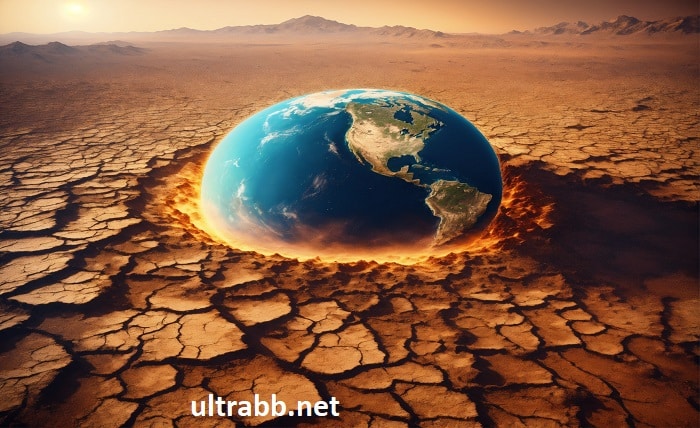Mudpots on the Move: Must-See Science or Messy Menace

Mudpots, those gurgling cauldrons of bubbling mud found in geothermal areas, are captivating natural wonders. But recent news has highlighted their intriguing and sometimes troubling activity. Let’s dive into the fascinating world of mudpots and explore the latest headlines.
A Geological Marvel
Mudpots form in areas with underlying volcanic activity. Hot subterranean water reacts with rocks, creating a clay-rich slurry. Gases like carbon dioxide rise through the mud, causing the characteristic bubbling and churning. These features come in a variety of colors due to iron oxides, and some even erupt miniature mud geysers.
Crawling Mudpots in California
One recent story centers on a “wandering mudpot” in California’s Imperial County. This geothermal feature, nicknamed the “Niland Geyser,” has been slowly creeping across the landscape since the 2010s. Scientists believe historic earthquakes fractured the bedrock, allowing hot fluids and gases to rise and form the mudpot. Its slow movement, about 20 feet per year, isn’t a major concern, but its path raises questions about potential future impacts.
Yellowstone’s Steaming Symphony
Yellowstone National Park is famous for its geysers and mudpots. Mudpots here are typically more acidic and less watery than their California counterparts. The park’s Mud Volcano Area boasts a variety of mudpots, each bubbling and splattering with its unique rhythm. However, a recent news story highlighted the dangers of getting too close to these fascinating features. The boiling mud and toxic fumes can cause serious injuries, and park officials urge visitors to stay on designated trails.
Mudpots and Microbes
Mudpots aren’t just geological curiosities; they’re also hotspots for microbial life. The extreme temperatures and chemical composition create a unique environment where extremophile organisms thrive. These microbes help us understand how life might exist in harsh environments on other planets.
Mudpots as a Natural Resource
Mudpots can sometimes indicate the presence of valuable resources like geothermal energy. The hot fluids that create mud pots can be harnessed to generate clean electricity. However, responsible development is crucial to minimize environmental impact.
Conclusion
Mudpots are a reminder of the Earth’s dynamic nature. These fascinating features offer a glimpse into geothermal processes and support unique ecosystems. While some mudpots garner attention for their unusual movements, understanding their formation and potential dangers is essential. By appreciating and studying mudpots, we gain a deeper understanding of our planet and the potential it holds.
FAQ
- Q: Are mudpots dangerous?
A: Yes, mudpots can be dangerous. The boiling mud can cause severe burns, and the gases they emit can be toxic. It’s important to stay on designated trails whenever visiting geothermal areas with mud pots.
- Q: Can mudpots predict earthquakes?
A: Mudpot activity isn’t a direct predictor of earthquakes. However, they can sometimes form along fault lines, which are zones where earthquakes are more likely.
- Q: Are there mudpots outside of volcanic areas?
A: Mudpots are most commonly found in volcanic regions, but they can also form in areas with deep sedimentary basins where there’s enough heat to interact with organic material.
- Q: Where can I see mudpots?
A: Mudpots can be found in geothermal areas around the world. Some popular destinations include Yellowstone National Park (USA), Rotorua (New Zealand), and Iceland. Always check safety guidelines and park regulations before visiting.



